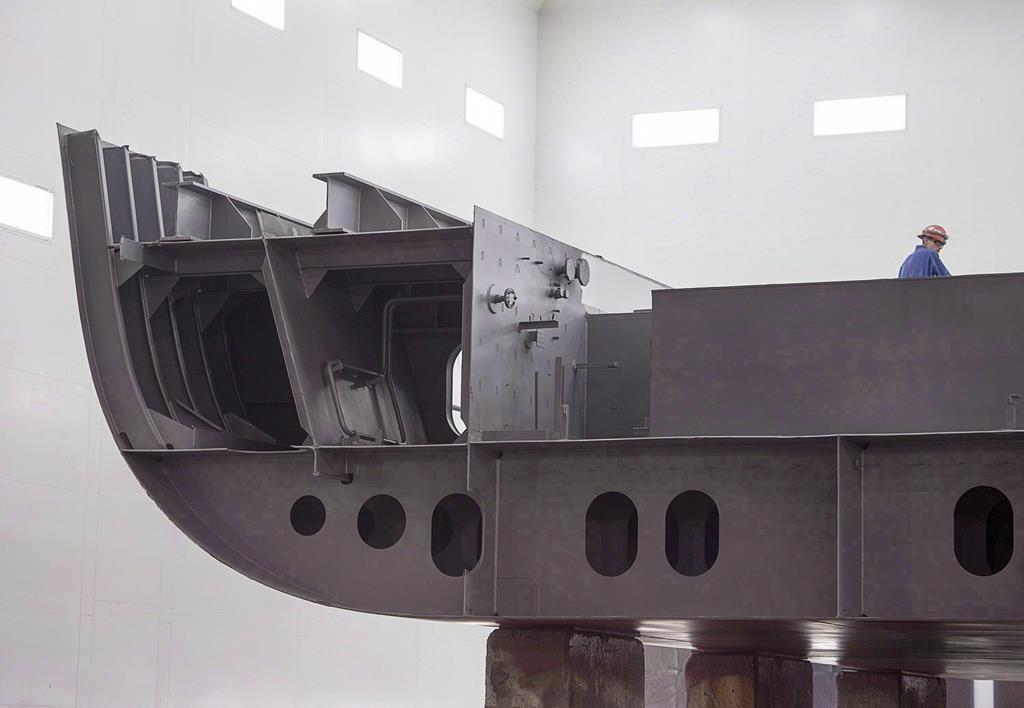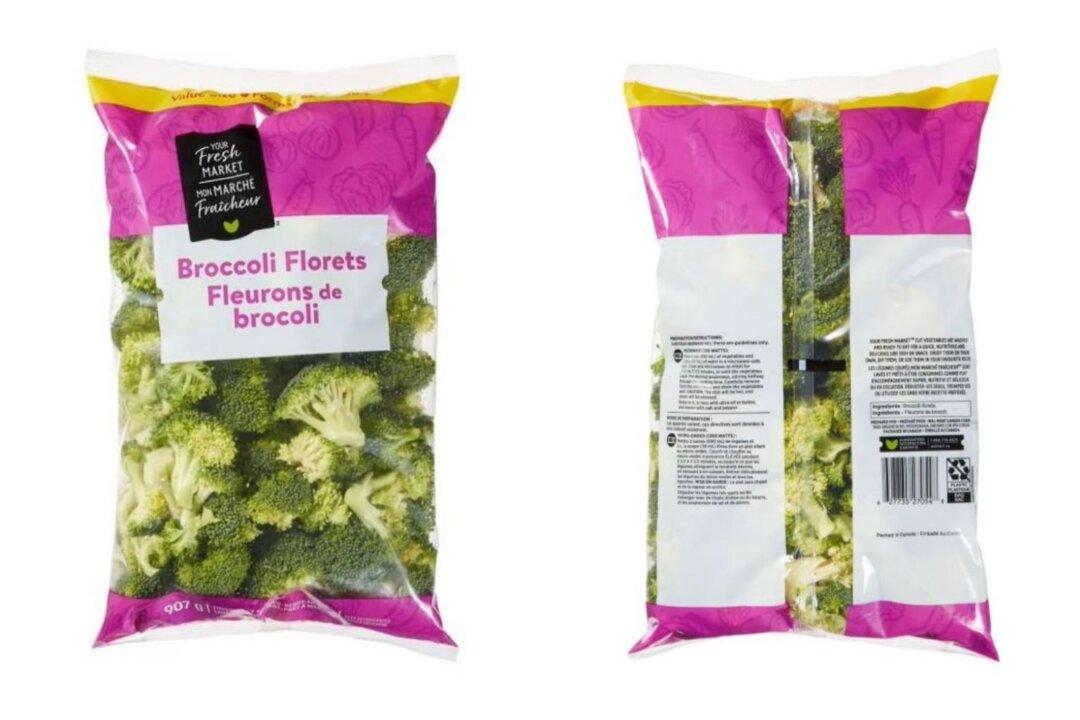Documents from a halted prosecution detail how a Canadian man accused of trying to spy for China was “willing to be of paramount service” to the Chinese authorities.
The criminal proceedings against naval engineer Qing Quentin Huang for allegedly attempting to spy for China were halted by Ontario Superior Court Justice Michael Dambrot on Dec. 15, 2021, ruling that Huang’s constitutional “right to be tried within a reasonable time guaranteed” has been breached.





